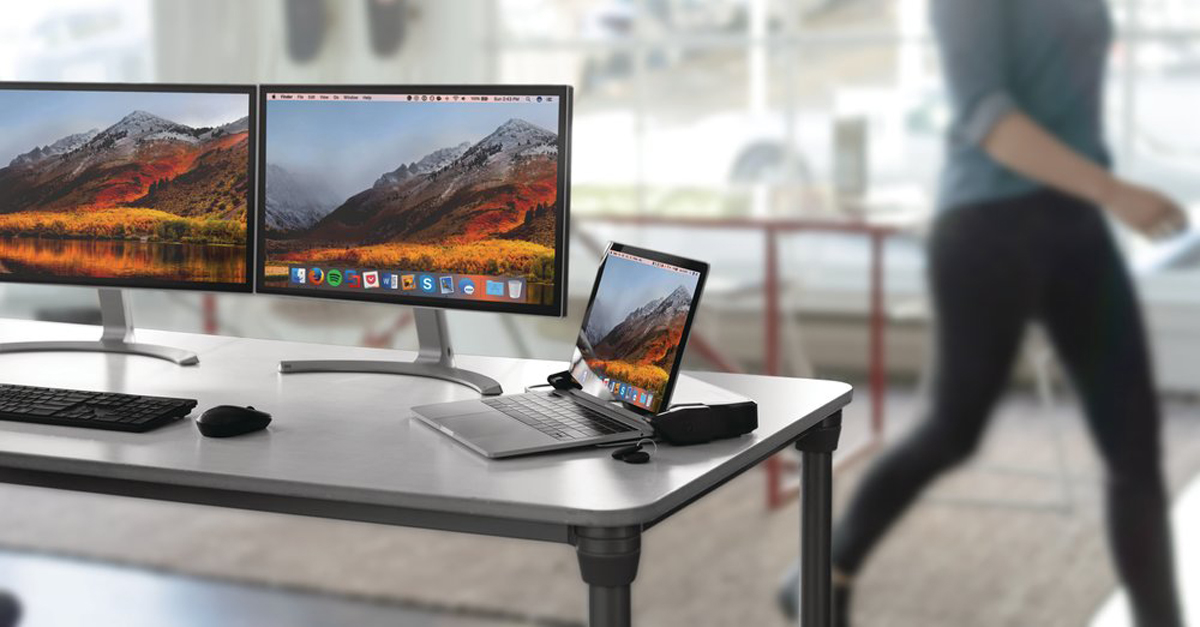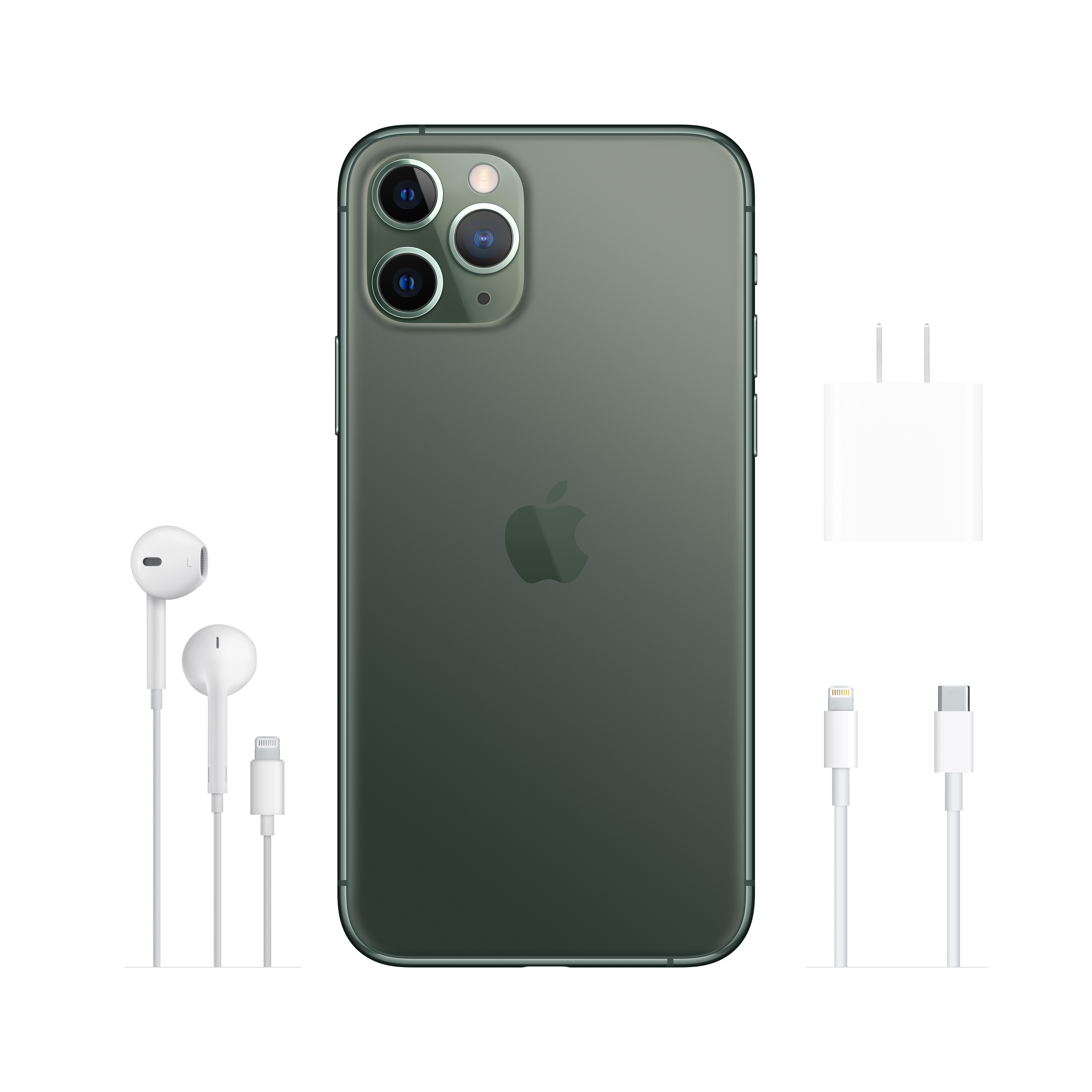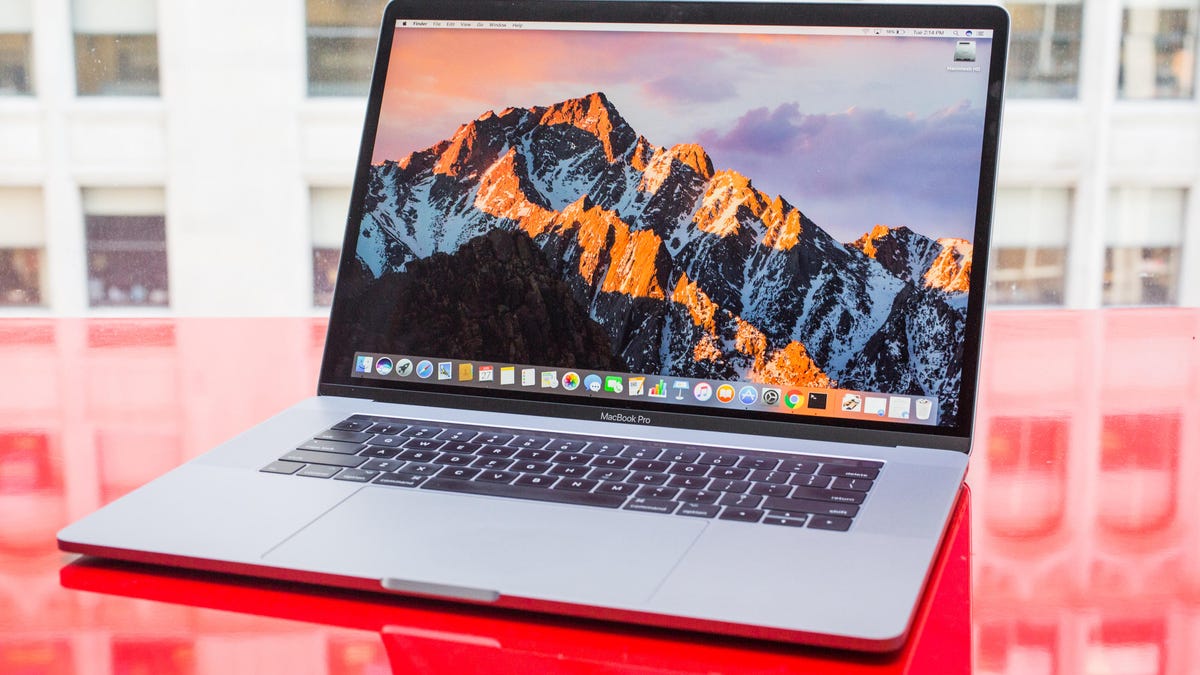Macs ship with the display set at a certain resolution, and Apple defines this in the technical specifications for each model. But with Retina displays, these numbers can get confusing: there is the display’s resolution and the “looks like” resolution used on the Mac. Resolutions on Retina Macs look like half the actual number of pixels measured vertically and horizontally because of “pixel doubling.”
For example, if you have (as I do) a 5K iMac, the display resolution is 5120×2880, but the Displays pane of System Preferences tells me that it looks like 2560×1440.
That’s the default resolution, but you can change this if you want. To do so, you must first check Scaled in the Displays pane, as I have in the screenshot above, and you then see five options. These range from larger text to more space, with the Default setting in the middle.
- Backlight Blooming. The image above is a 3-second exposure shot in almost total darkness. On the left, the Dell UP3221Q Mini LED display; on the right, the Apple Pro Display XDR.
- With display Menu Pro, you can switch to any of the system supported Retina resolutions right from your menu bar in exactly the same way as with all other resolutions. And to make it easier for you to see which of the offered resolutions are Retina ones, we have given them a white aspect ratio icon. Automating Display Menu via AppleScript.
- This feature was added in Mac OS X 10.11 El Capitan, which added quite a few great new features. One of these new features, which hasn’t gotten a lot of coverage is the ability to hide and show the menu bar, a mainstay not just in OS X, but Macs in general dating back to the earliest versions of the Mac System.
- With display Menu Pro, you can switch to any of the system supported Retina resolutions right from your menu bar in exactly the same way as with all other resolutions. And to make it easier for you to see which of the offered resolutions are Retina ones, we have given them a white aspect ratio icon. Automating Display Menu via AppleScript.


If you have aging eyes or just want to see less on your display, try one of the settings to the left of the Default option. If you want to see more on the display—with smaller fonts, menus, etc.—then try one of the settings to the right. When you hover over one of these options, the Displays pane shows a text saying that “Using a scaled resolution may affect performance.” This is because your graphics card might not be able to keep up with a higher resolution (i.e., when things look smaller), or that some of your apps may not display correctly.
The 13-inch Retina MacBook Pro has a native resolution of 2560×1600 and uses a default “looks like” resolution of 1280×800. Things are a bit different with Apple’s 12-inch Retina MacBook. Its display has a resolution of 2304×1440, but the default “looks like” resolution it uses is not half that, but a bit more: 1280 x 800, just like the 13-inch MacBook Pro. So it looks like the same number of pixels, but on a display that’s one inch smaller diagonally. Naturally, these laptops offer other scaled options; each lets you choose from a total of four resolutions, from 1024×640 to 1440 900 (12-inch MacBook) or 1680×1050 (13-inch MacBook Pro).
If you have a second display connected to your Mac, you can choose a resolution for that display, also from the Displays pane of System Preferences. Select the display in the preference pane’s popup menu, then hold down the Option key and click the Scaled button to see your options.
Even more resolutions
Maybe you want even more choice in the resolution of your display. If so, you can use Many Tricks’ $3 Resolutionator. This utility lets you quickly switch resolutions without going to System Preferences, but also lets you choose from non-Retina resolutions. For example, in the screenshot below, you can see the options available on my 12-inch MacBook. I could choose to set its display to 2560×1600; that’s not the resolution that looks like half that, which is the default, but a resolution that actually uses using every pixel of the display.
Mirror your Mac display to Apple TV. Say you are working on a Keynote presentation for work or viewing photos from your last vacation. Put those types of things on your Apple TV screen for a nice, big view. 1) Turn on your Apple TV and make sure it’s connected to the same Wi-Fi as your Mac. 2) Click the AirPlay button in your menu bar.
Naturally, things are quite small at that resolution, so you probably won’t want to do this often, but there may be times when you want to keep your eye on several windows at a time, and only a high resolution like that will work.
When I work on my MacBook, I sometimes switch resolutions. When I’m focusing on writing, I use the native resolution, which makes texts large enough that I don’t need to strain, but if I have a lot of windows open, I sometimes go to a higher resolutions to get a broader view of what I’m doing. Try changing resolutions on your Mac; you may find that it’s easier to read texts, or that you can see more, than at the default resolution.
Aims to make it trivial to change display settings for any display or projector connect to your Mac via a low-key and unobtrusive macOS menu bar item
What's new in Display Menu 2.2.3:
- Added access to our FAQ to Display Menu and fixed some minor issues.
Thorsten Karrer’s Display Menu utility has been designed as a replacement for the built-in status bar display menu removed by Apple in Mac OS X Mountain Lion.

Display Menu Pro Macbook

Low-key and quick resolution switcher
The Display Menu application lives in your Mac’s menu bar and, depending on your Mac’s display configuration, it will allow you to effortlessly and rapidly change your display(s) resolution with one simple mouse click.
Display Menu’s menulet will also enable you to instantly access the macOS Displays system preference pane, as well as to choose the display you want to customize from the list of recognized ones neatly organized within the app’s status bar menu.

Multi-monitor helper tool
Display Menu makes it lightning fast to switch between monitor resolutions and the fact that it can also be used to enable display mirroring on the fly, makes it a must-have utility for all the users that own a multi-display setups.
In addition, Display Menu will automatically organize the resolutions for each detected display according to their aspect ratio, thus helping you to quickly find the correct resolution for your current needs a lot faster.
Quickly and effortlessly change your screen's aspect ratio and resolution
Furthermore, using Display Menu allows you to also access your displays’ HiDPI modes and tweak their refresh rates, all via simple mouse clicks and no advanced knowledge about video settings.
All in all, the Display Menu app makes it very quickly and easily switch between your displays’ resolutions and aspect ratios via your Mac’s menu bar.
Filed under
Display Menu was reviewed by Sergiu Gatlan- After buying a Pro license you get access to these extra features:
- Support for Retina displays
- Automating Display Menu via AppleScript
- Quick access to your bookmarked resolutions
Display Menu Pro Mac Download
- 64-bit processor
Display Menu 2.2.3
add to watchlistsend us an update- runs on:
- OS X 10.8 or later (Intel only)
- file size:
- 2.8 MB
- main category:
- Utilities
- developer:
- visit homepage
top alternatives FREE
Display Menu Pro Mac
top alternatives PAID